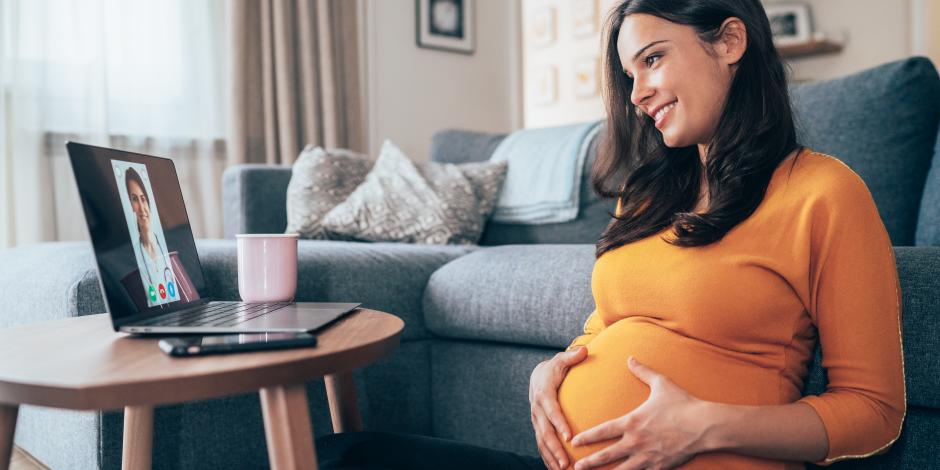Starten Sie den Audio-Text
Mit dem Audio-Player können Sie sich den Text anhören. Darunter finden Sie das Transkript.
The listening exercises in Business Spotlight Übungsheft (p. 5) are based on the article “The doctor is online now” (Names & News, p. 8). Here, we provide you with the audio file and transcript.
Click here to open the transcript
The doctor is online now
The problems with the National Health Servicestaatlicher britischer GesundheitsdienstNational Health Service (NHS) are well known to all who are be unfortunate(das) Pech habenunfortunate enough to need medical help in Britain. Hospitals are overcrowded, doctors and nurses overworked and the time it takes for an ambulance to respond to an emergencyNotfallemergency is (sometimes life-threateningly) long. There is no simple solution, but avoiding going to hospital in the first placeüberhauptin the first place might be a good start.
This idea explains the growth of “virtual wardStationwards”, which is a euphemism(beschönigende) Beschreibungeuphemism that means “keeping low-risk patients at home”. Using blood-pressure monitors and other electronic deviceGerät, Instrumentdevices, hospital staff collect data on their patients’ health in real time. Does this sound like a cheap, inferiorschlechter, minderwertiginferior form of health care? Not necessarily. Most patients are happier staying at home than spending a night in hospital. There’s also a lower risk of infections spreading.
The NHS hopes to have set up 24,000 virtual wards by the end of 2024. The aim is to reduce occupancy rateBelegungsrateoccupancy rates in real wards to below 91 per cent — a level at which hospitals can work better. And remotefern; hier: virtuellremote health care is not really new. The first telerobotic operation was performed on a patient in France by surgeonChirurg(in)surgeons in New York City more than 20 years ago. As technology continues to improve, some believe completely virtual hospitals will be possible one day.


